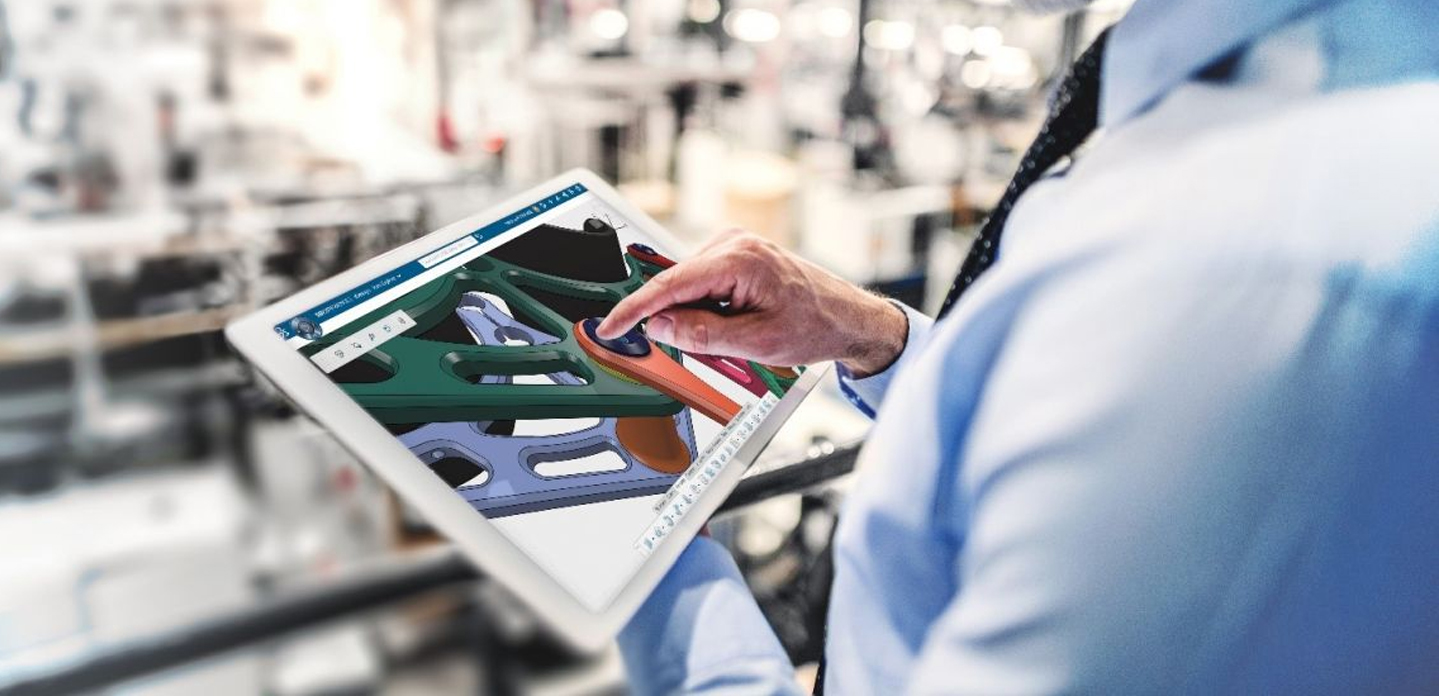Have questions about our products, services, or an existing order? We’re here to help, reach out anytime!
Contact our team today to discuss your needs.
CAD Micro is now part of: 
Don’t miss this limited-time introductory offer!
Special pricing is available now, but will return to standard quarterly rates after the trial period ends.
Select your onboarding partner at checkout
3DEXPERIENCE SOLIDWORKS Standard
3DEXPERIENCE SOLIDWORKS Professional
Ongoing online learning and support
3DEXPERIENCE SOLIDWORKS Standard
3DEXPERIENCE SOLIDWORKS Professional
Access to dedicated user and support communities
3DEXPERIENCE SOLIDWORKS Standard
3DEXPERIENCE SOLIDWORKS Professional
Real-time Cross-team Collaboration
3DEXPERIENCE SOLIDWORKS Standard
3DEXPERIENCE SOLIDWORKS Professional
Secure Data Management (Version Management)
3DEXPERIENCE SOLIDWORKS Standard
3DEXPERIENCE SOLIDWORKS Professional
Part and Assembly Modeling and 2D Drawings
3DEXPERIENCE SOLIDWORKS Standard
3DEXPERIENCE SOLIDWORKS Professional
Specialized Design Tools for Weldments, Molds, and Sheet Metal
3DEXPERIENCE SOLIDWORKS Standard
3DEXPERIENCE SOLIDWORKS Professional
Design and Manufacturability Checks
3DEXPERIENCE SOLIDWORKS Standard
3DEXPERIENCE SOLIDWORKS Professional
ECAD - MCAD Collaboration
3DEXPERIENCE SOLIDWORKS Standard
3DEXPERIENCE SOLIDWORKS Professional
Cloud Subdivision/Freeform Modeling
3DEXPERIENCE SOLIDWORKS Standard
3DEXPERIENCE SOLIDWORKS Professional
Intelligent CAD Libraries of Industry-Standard Fasteners
3DEXPERIENCE SOLIDWORKS Standard
3DEXPERIENCE SOLIDWORKS Professional
Manufacturing Cost Analysis CAD Standards and Drawings Checking
3DEXPERIENCE SOLIDWORKS Standard
3DEXPERIENCE SOLIDWORKS Professional
Electrical Harness, Piping, Tubing, Duct Design, and Surface Flattening
3DEXPERIENCE SOLIDWORKS Standard
3DEXPERIENCE SOLIDWORKS Professional
Augmented Reality and Virtual Reality
3DEXPERIENCE SOLIDWORKS Standard
3DEXPERIENCE SOLIDWORKS Professional
Photorealistic Rendering
3DEXPERIENCE SOLIDWORKS Standard
3DEXPERIENCE SOLIDWORKS Professional
Linear Static Analysis for Parts and Assemblies
3DEXPERIENCE SOLIDWORKS Standard
3DEXPERIENCE SOLIDWORKS Professional
Time-Based Motion Analysis
3DEXPERIENCE SOLIDWORKS Standard
3DEXPERIENCE SOLIDWORKS Professional
Additive Manufacturing and NC Programming
3DEXPERIENCE SOLIDWORKS Standard
3DEXPERIENCE SOLIDWORKS Professional

Contact our team today to discuss your needs.
For Yearly and Quarterly subscriptions, a 15-day cancellation policy is offered. If you cancel within 15 days of purchase, a full refund will be processed.
Please note: This policy does not apply to trial offers, monthly subscriptions, or renewals of quarterly or yearly plans.
To request a cancellation and refund (if eligible), please contact us via this support form, and you’ll receive a prompt response.
Absolutely. With SOLIDWORKS connected to the 3DEXPERIENCE platform, collaboration is seamless. From day one, you can:
The platform scales with your business and boosts communication across every stage of product development.
CAD MicroSolutions is uniquely positioned to support our clients across Canada. Our team is dedicated to helping our customers ensure they are realizing the greatest value from their technology investment.
Complete the form below, and a member of our expert team will reach out to you as soon as possible. If you require immediate assistance please contact us toll-free at: 1-888-401-5885
Complete the form below to subscribe to our newsletter.
Complete the form below, and a member of our expert team will reach out to you as soon as possible. If you require immediate assistance please contact us toll-free at: Toll-free: 1-888-401-5885
Complete the form below and one of our team members will reach out to you as soon as possible to confirm your booking. If you need additional support, please contact us toll-free at: Toll-free: 1-888-401-5885